1. The Airplane: Shrinking the World

The airplane was invented and first flown successfully by the Wright brothers, Orville and Wilbur, on December 17, 1903, at Kitty Hawk, North Carolina. They were credited with making the first sustained, controlled, and powered flight in history. Now, the aviation industry continues to evolve, with advancements in technology aiming for more efficient and environmentally friendly aircraft.
2. Insulin Therapy
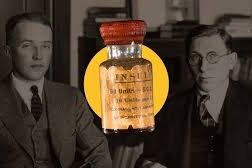
The 1920s brought a medical miracle with the discovery and use of insulin to treat diabetes. Before insulin, diabetes was a fatal disease, but Frederick Banting and Charles Best’s breakthrough allowed millions to manage their condition and live longer, healthier lives. This invention didn’t just save lives, it paved the way for modern endocrinology and chronic disease management. Insulin therapy’s impact is still felt today, with ongoing research making treatments more accessible and effective for people worldwide.
3. The Lie Detector: Unveiling Truths
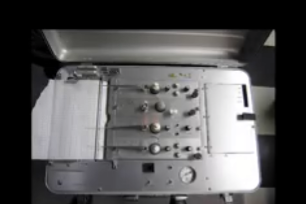
In 1921, John A. Larson, a medical student and police officer, developed the first polygraph machine, commonly known as the lie detector. This device measures physiological responses such as heart rate and respiration to assess truthfulness. While its accuracy has been debated, the polygraph has become a staple in criminal investigations and security screenings. Its development marked a significant step in forensic science, aiming to provide objective measures in the pursuit of justice.
4. The Traffic Signal: Organizing Urban Flow

Garrett Morgan, an African-American inventor, patented the three-position traffic signal in 1923. His design introduced a warning light, improving safety for drivers and pedestrians alike. Morgan’s invention laid the groundwork for modern traffic control systems, facilitating the orderly flow of vehicles in increasingly busy urban environments. His contribution addresses the challenges of a rapidly motorizing society.
5. Frozen Food Process: Preserving Nutrition
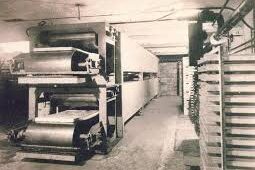
Clarence Birdseye developed the quick-freezing method in 1924, revolutionizing food preservation. By freezing food rapidly, the process maintained texture and nutritional value, making seasonal foods available year-round. Birdseye’s innovation transformed the food industry, leading to the widespread availability of frozen meals and changing consumer habits. It exemplifies how observation and ingenuity can lead to industry-wide change.
6. Television: A New Window to the World
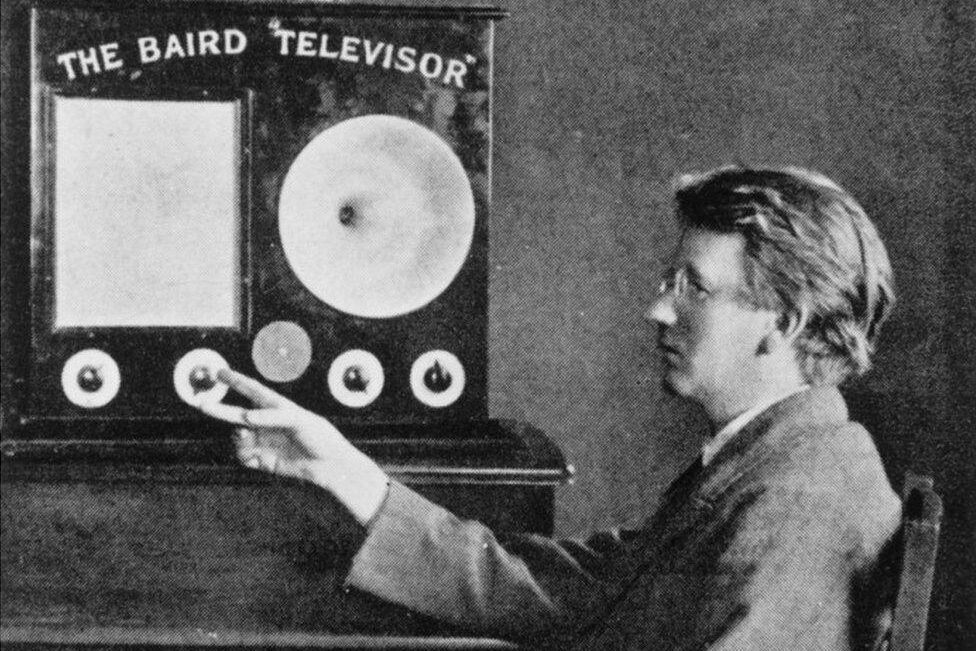
In the 1920s, the concept of transmitting moving images took a significant leap forward. Scottish inventor John Logie Baird demonstrated the first working television system in 1926, using a mechanical scanning device to transmit live images. By 1928, Baird’s technology was available for consumer purchase in London’s Selfridge’s department store, though it could only produce blurry silhouettes.
Meanwhile, in the United States, Philo Farnsworth developed the first fully electronic television system in 1927, which he called the “image dissector.” This innovation laid the foundation for modern television, allowing for clearer images and more reliable broadcasts. Television quickly became a staple in households, revolutionizing entertainment and information dissemination.
7. Sliced Bread: Convenience in Every Loaf
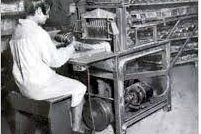
Otto Frederick Rohwedder invented the first bread-slicing machine in 1928, introducing pre-sliced bread to the market. This innovation offered convenience and uniformity, quickly becoming a staple in households. The phrase “the best thing since sliced bread” attests to its perceived value. Rohwedder’s invention exemplifies how simple ideas can significantly enhance daily life.
8. The Electron Microscope: Seeing the Unseen

German scientists Ernst Ruska and Max Knoll developed the first electron microscope in 1931, allowing scientists to view structures at the nanometer scale. This advancement opened new frontiers in biology, materials science, and nanotechnology. By surpassing the limitations of light microscopy, the electron microscope has become an indispensable tool in scientific research. It has deepened our understanding of the microscopic world
9. Radio Broadcasting: Voices Across the Airwaves
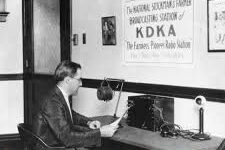
The 1920s also witnessed the birth of commercial radio broadcasting. On November 2, 1920, Pittsburgh’s KDKA station aired the first scheduled broadcast, delivering the results of the Harding-Cox presidential election to the public. This event marked the beginning of radio as a powerful medium for real-time communication. Radio quickly gained popularity, connecting communities and providing news, music, and entertainment to a wide audience. By 1922, there were 30 commercial stations, and by 1923, the number had surged to 556, reflecting the rapid adoption of this new technology.
10. Jet Engine: Propelling Us into the Future
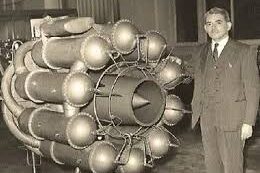
In the 1930s, the limitations of piston engines in aircraft led to the development of the jet engine. British engineer Frank Whittle patented the first turbojet engine design in 1930, envisioning a propulsion system that could achieve higher speeds and altitudes. Although initial interest was limited, Whittle’s persistence paid off when his engine powered the Gloster E.28/39 aircraft’s maiden flight in 1941.
Simultaneously, German engineer Hans von Ohain developed a similar jet engine, which powered the Heinkel He 178’s first flight in 1939. These advancements revolutionized air travel and military aviation, leading to faster, more efficient aircraft and transforming global transportation.
11. The Helicopter: Vertical Flight Realized
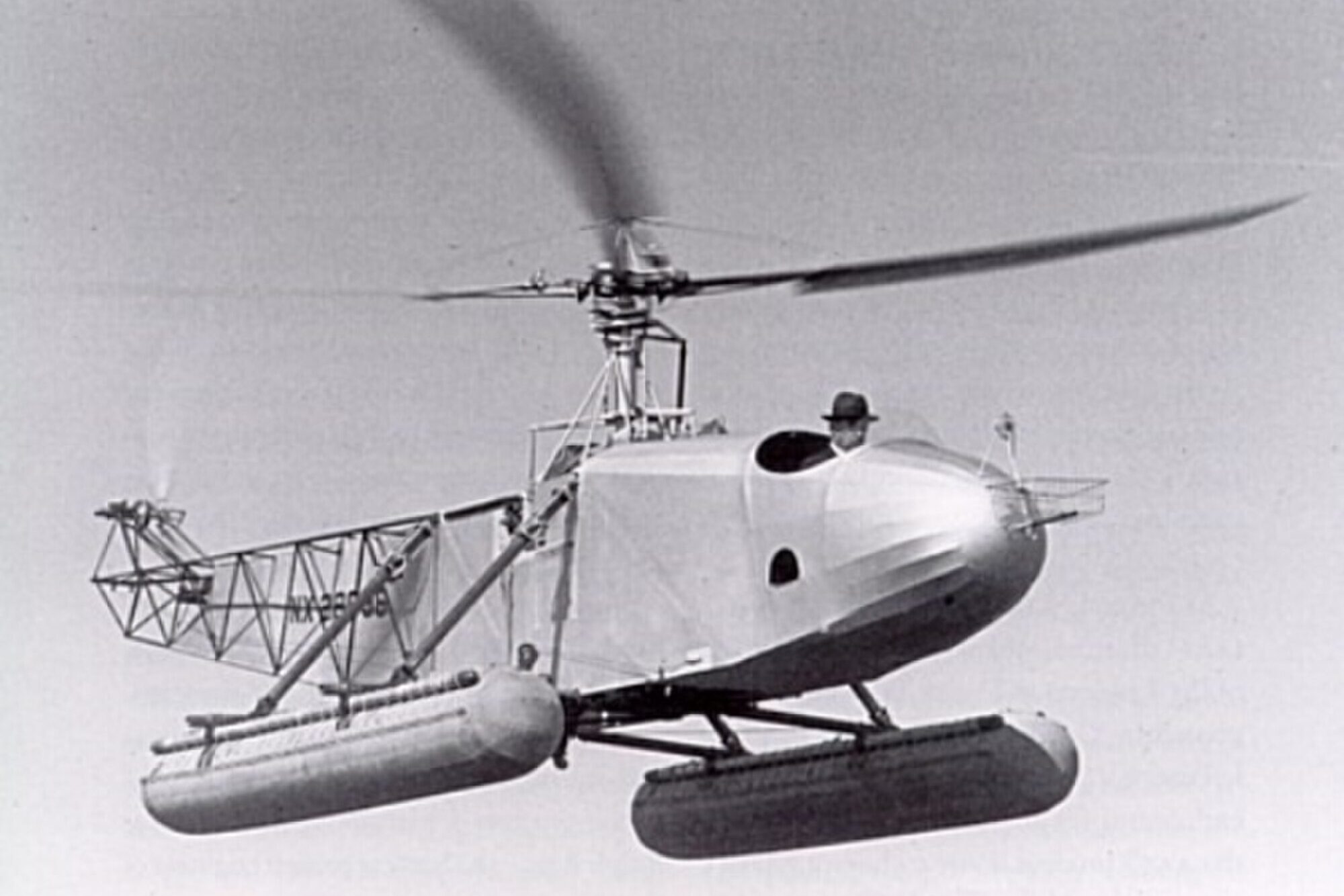
Igor Sikorsky’s successful flight of the VS-300 in 1939 demonstrated the practicality of helicopters. This innovation enabled vertical takeoff and landing, revolutionizing transportation and rescue operations. Helicopters have since become vital in military, medical, and civilian contexts. Sikorsky’s work expanded the possibilities of aviation, offering new solutions to logistical challenges.
12. The Nuclear Reactor: Harnessing Atomic Energy

The first man-made nuclear reactor, Chicago Pile-1, was invented on December 2, 1942. It was built at the University of Chicago and achieved the first controlled, self-sustaining nuclear chain reaction. The invention of the nuclear reactor allowed for the controlled release of nuclear energy, providing a powerful source of electricity. Nuclear power plants contribute to the global energy supply, offering an alternative to fossil fuels. While concerns about safety and waste disposal persist, ongoing research aims to develop safer and more sustainable nuclear technologies.
13. The Transistor: Powering the Digital Age
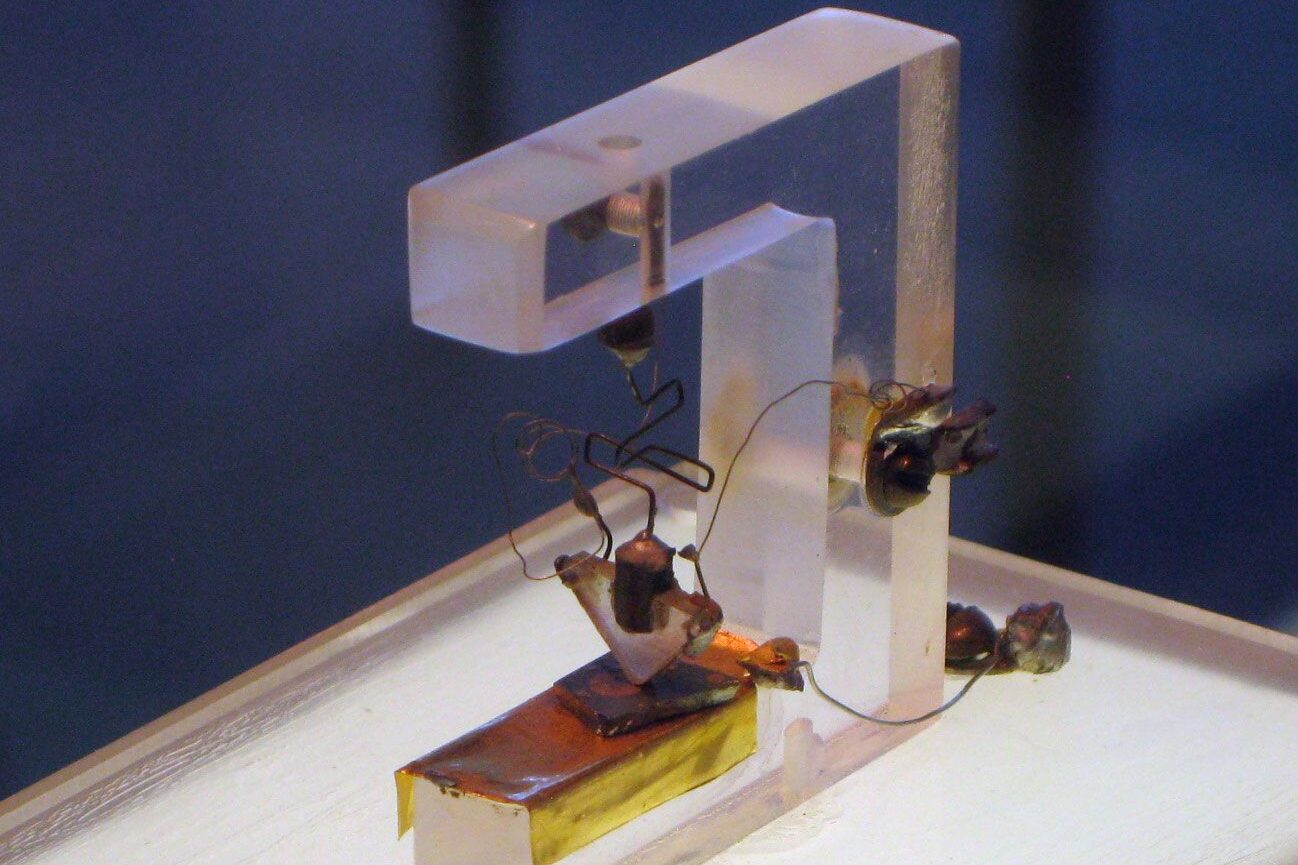
The transistor, invented in 1947 by John Bardeen, Walter Brattain, and William Shockley at Bell Laboratories, revolutionized electronics, replacing bulky vacuum tubes and paving the way for smaller, faster, and more efficient devices. This invention marked a pivotal moment in the history of technology, enabling the development of computers, smartphones, and other modern electronic gadgets. This tiny device replaced bulky vacuum tubes, enabling the miniaturization of electronic circuits and paving the way for modern computers, smartphones, and countless other gadgets. Transistors are the building blocks of integrated circuits, which are essential components in virtually all electronic devices today.
14. Nylon: The Fabric of Innovation

The invention of nylon in 1935 by DuPont chemist Wallace Carothers marked a significant milestone in synthetic materials. As the first commercially successful synthetic thermoplastic polymer, nylon offered strength, elasticity, and resistance to mildew. Initially used in toothbrush bristles, nylon found widespread applications during World War II in parachutes, ropes, and military uniforms.
Post-war, nylon became a popular material in consumer products, notably women’s stockings, which debuted in 1940 and quickly gained popularity. Nylon’s versatility and durability made it a staple in various industries, from fashion to automotive, and it continues to be a fundamental material in modern manufacturing.
15. Penicillin: The Life-Saving Breakthrough
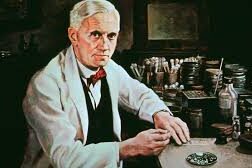
In the 1940s, one of the most important discoveries in medical history was brought to the masses: penicillin. Though Alexander Fleming discovered it in 1928, it wasn’t until the early ’40s that scientists like Howard Florey and Ernst Boris Chain found ways to mass-produce it. The urgency of World War II sped up development, with penicillin dubbed “the wonder drug” for its ability to treat infections that once killed soldiers and civilians alike.
Before penicillin, something as minor as a scraped knee could spiral into a deadly infection. After its widespread use began in 1942, mortality rates from diseases like pneumonia and syphilis dropped dramatically. , it’s estimated that penicillin has saved over 200 million lives since its introduction. It also opened the door for antibiotics as a whole, completely changing how we approach bacterial diseases.
16. Microwave Oven: The Accidental Chef
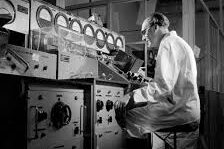
Here’s an invention born from a snack mishap. In 1945, Percy Spencer, an engineer working on radar technology for Raytheon, noticed a chocolate bar melted in his pocket near a magnetron tube. Curious, he experimented further by popping popcorn and even exploding an egg. This led to the first microwave oven, originally called the “Radarange.”
At first, these machines were huge and mostly used in restaurants and ships. But by the 1960s, the technology shrank and so did the price. Today, microwaves are in nearly every home. They’ve transformed how we cook, reheat, and even plan our meals. From speeding up leftovers to dorm room meals, their impact on daily convenience is undeniable.
17. Credit Cards: Spending Goes Plastic
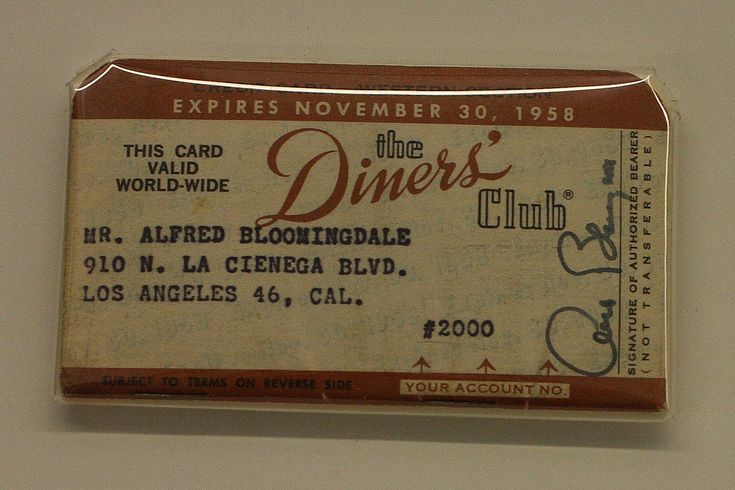
The 1950s ushered in a new era of financial convenience with the birth of the modern credit card. In 1950, the Diners Club card was introduced, allowing users to pay for meals and travel without cash. It was a paper card at first, accepted by just 27 restaurants. But it was revolutionary and it separated the purchase from the payment, allowing for deferred transactions.
By 1958, American Express and later BankAmericard (which became Visa) turned credit cards into plastic and expanded their usage. What started as a convenience for the elite soon became a staple in everyday spending. Credit cards reshaped consumer behavior, encouraged the idea of creditworthiness, and eventually fueled the rise of e-commerce. Today, they’re not just tools of convenience, they’re essential to the global economy.
18. Polio Vaccine: Erasing a Childhood Fear

In the early 1950s, polio outbreaks were a terrifying reality. Parents lived in fear as the virus paralyzed or killed thousands of children each year. That all changed in 1955, when Dr. Jonas Salk announced the successful development of the polio vaccine. “Safe, effective, and potent,” said the press, and it wasn’t long before mass immunizations began across the U.S. and beyond.
Within a few years, polio cases in the U.S. dropped by over 90%. Salk became a hero, famously choosing not to patent the vaccine, saying, “Could you patent the sun?” His work paved the way for modern vaccine distribution efforts and remains a landmark moment in public health. The World Health Organization still credits polio vaccines with bringing the disease close to global eradication.
19. The Birth Control Pill: Empowering Choices

The first commercially available birth control pill was developed in the 1950s and approved by the FDA in 1960. However, the concept of contraception and various methods to prevent pregnancy have been used for centuries, even dating back to ancient times. This medical breakthrough not only impacted family planning but also played a significant role in women’s liberation, allowing for increased participation in the workforce and higher education. The pill’s influence extends beyond health, affecting social norms and gender dynamics worldwide.
20. The Laser: Precision and Versatility
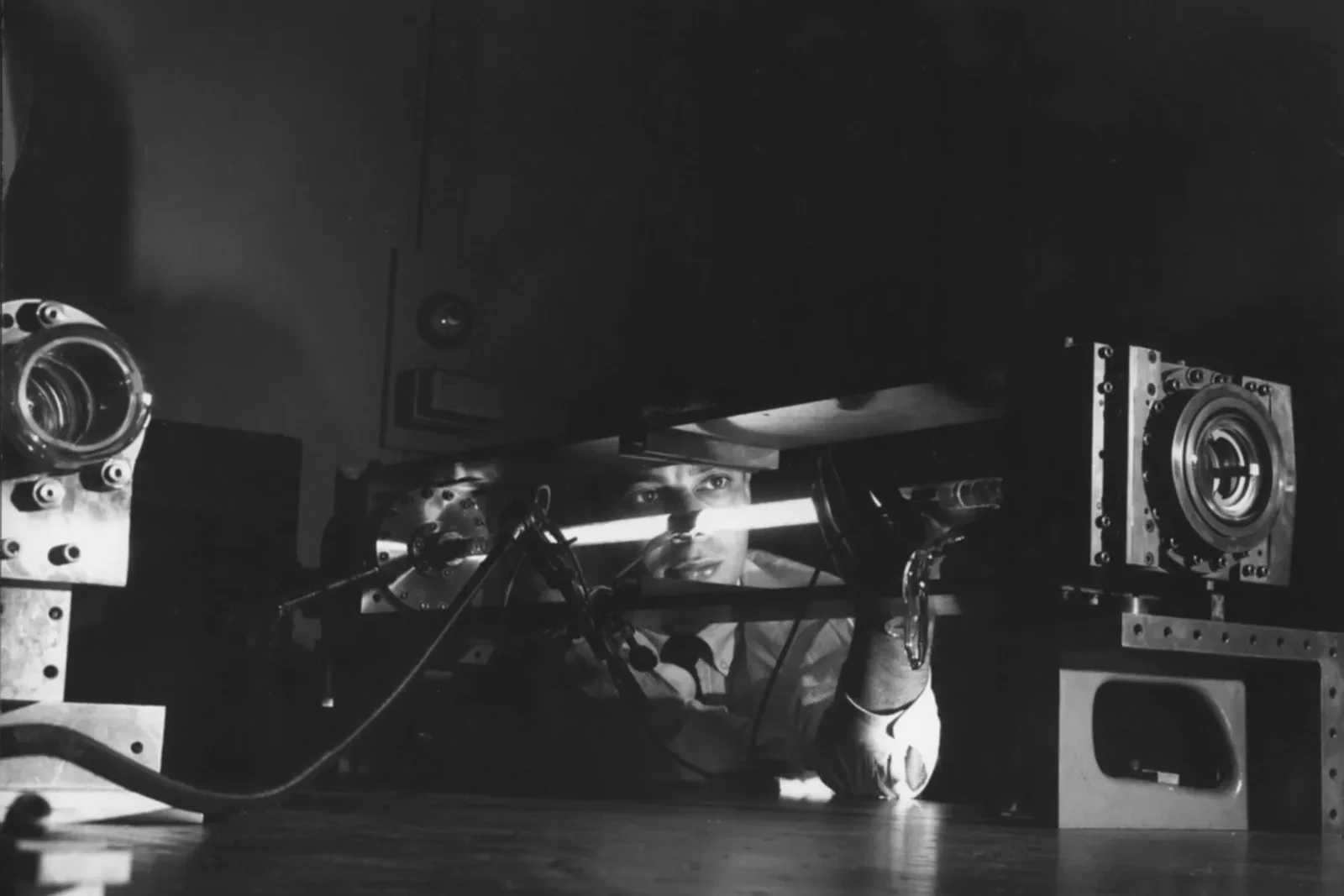
The first working laser was invented on May 16, 1960, by Theodore Maiman at Hughes Research Laboratories. This laser, a ruby-based laser, produced red light pulses. The development of laser technology has led to significant advancements across multiple fields, including medicine, manufacturing, and telecommunications. Lasers are used in surgeries, cutting and welding materials, and transmitting data through fiber-optic cables. Their precision and versatility continue to drive innovation and improve various processes.
21. The Computer Mouse: Navigating the Digital Realm
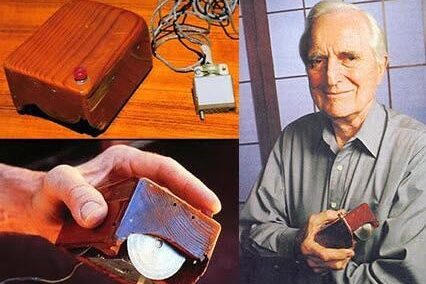
In the early 1960s, computers were primarily operated through punch cards and command-line interfaces, making them accessible only to specialists. This changed when Douglas Engelbart, a visionary engineer at the Stanford Research Institute, developed a device he called the “X-Y Position Indicator for a Display System,” now known as the computer mouse.
Engelbart’s invention was first publicly demonstrated in 1968 during a presentation that showcased the mouse’s ability to control a cursor on a screen, revolutionizing human-computer interaction. This innovation laid the groundwork for the graphical user interfaces we use today, making computers more intuitive and accessible to the general public.
22. LED Lights: Illuminating a New Era
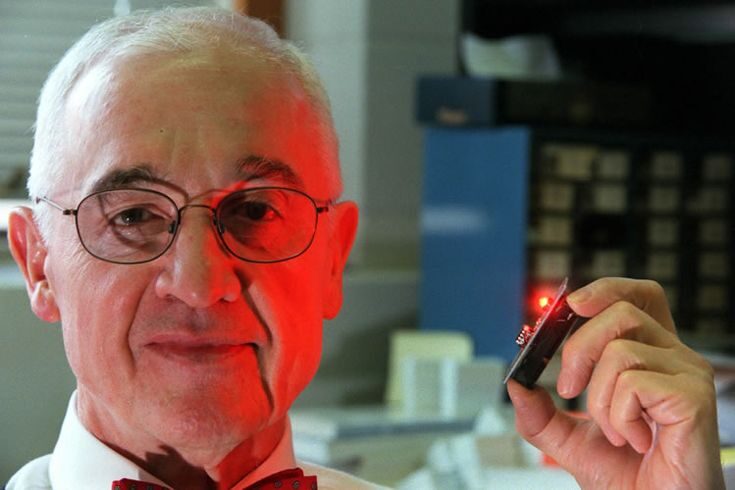
Before the 1960s, lighting technology had seen little innovation since the invention of the incandescent bulb. In 1962, Nick Holonyak Jr., a scientist at General Electric, developed the first practical visible-spectrum light-emitting diode (LED), emitting a red light.
Holonyak’s invention marked the beginning of a new era in lighting, offering a more energy-efficient and durable alternative to traditional bulbs. Over the years, LEDs have evolved to produce various colors and have become integral in applications ranging from digital displays to household lighting, significantly reducing energy consumption worldwide.
23. The Microprocessor: The Brain of Modern Devices

In 1971, Intel introduced the 4004 microprocessor, the first commercially available microprocessor, designed by a team including Marcian “Ted” Hoff and Federico Faggin. This tiny chip integrated the functions of a computer’s central processing unit, enabling the development of smaller, more affordable, and more powerful electronic devices. The microprocessor became the cornerstone of modern computing, leading to the proliferation of personal computers, smartphones, and countless other digital devices that have become essential in our daily lives.
24. Email: Revolutionizing Communication

In 1971, Ray Tomlinson, an engineer working on the ARPANET project, sent the first networked email between two computers. He introduced the “@” symbol to designate email addresses, a convention still in use today. This innovation transformed communication, allowing messages to be sent instantly across vast distances. Email became a fundamental tool for personal and professional correspondence, laying the foundation for the digital communication methods we rely on today.
24. DNA Fingerprinting: Unveiling Genetic Identity
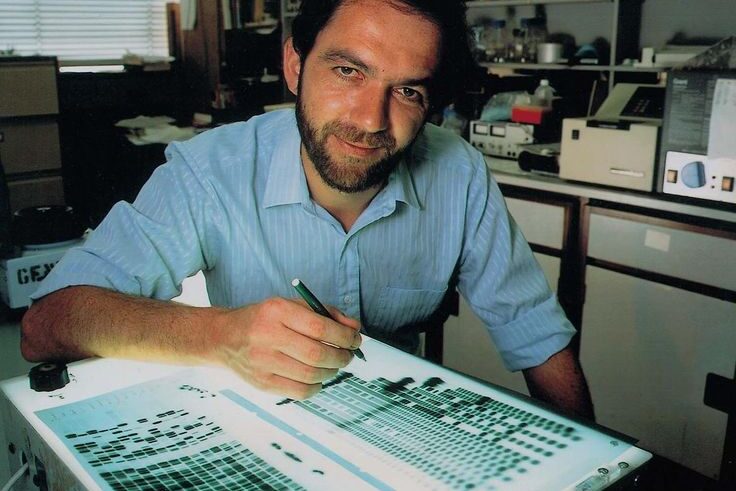
In 1984, British geneticist Alec Jeffreys made a groundbreaking discovery that would transform forensic science and personal identification. While examining DNA samples, Jeffreys noticed that certain sequences of DNA, known as minisatellites, varied greatly among individuals. This observation led to the development of DNA fingerprinting, a technique that could distinguish individuals based on their unique genetic patterns.
The first practical application of DNA fingerprinting occurred in 1986, when it was used to solve a double murder case in the UK, leading to the conviction of Colin Pitchfork. This technique has since become a standard tool in criminal investigations, paternity testing, and identifying remains. Its precision and reliability have made it an indispensable asset in modern science and law enforcement.
25. Compact Disc: Revolutionizing Music Consumption
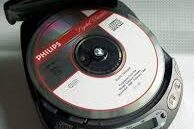
The early 1980s marked a significant shift in how people consumed music with the introduction of the compact disc (CD). Developed jointly by Philips and Sony, the CD offered a digital alternative to vinyl records and cassette tapes, providing superior sound quality and durability. The first commercial CD, featuring Billy Joel’s “52nd Street,” was released in Japan in 1982, followed by a global launch in 1983.
The CD quickly gained popularity, and by the late 1980s, it had become the dominant format for music distribution. Its success paved the way for subsequent digital storage formats, including CD-ROMs for computer data. The CD’s impact on the music industry was profound, influencing how music was produced, distributed, and consumed for decades.
26. 3D Printing: Manufacturing Revolutionized
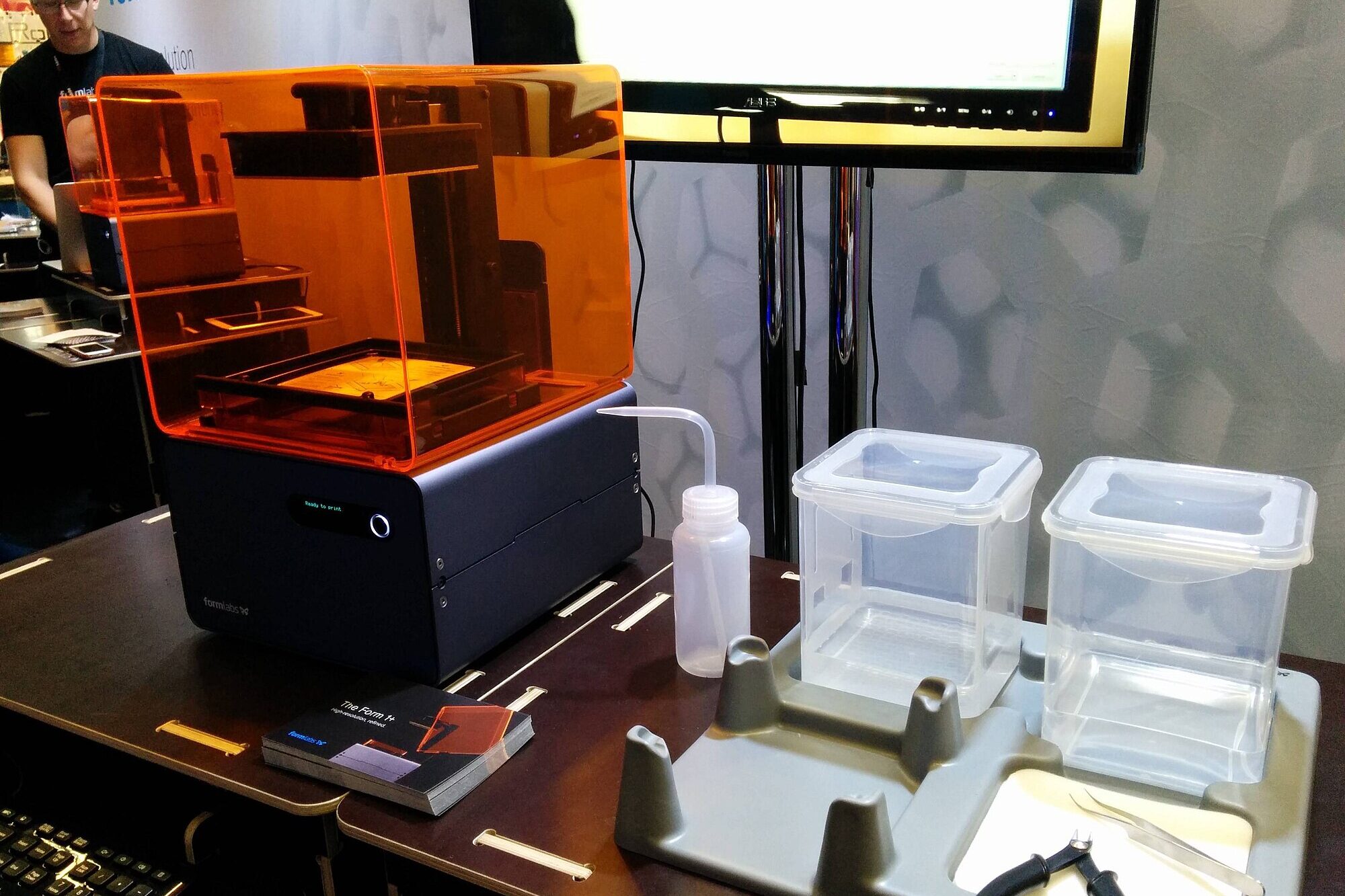
The 3D printing concept dates back to the 1960s and 1970s, but the first documented evidence was published by Dr. Hideo Kodama in 1981. Chuck Hull filed a patent for Stereolithography in 1984 and released the first 3D printer, the SLA-1, in 1987. Other key technologies like Fused Deposition Modeling (FDM) and Selective Laser Sintering (SLS) emerged in the late 1980s and early 1990s, paving the way for the modern 3D printing industry. By building items layer by layer from digital models, this technology allows for rapid prototyping and customization. Notably, it has enabled the creation of complex structures, including prosthetics and even components for space missions.
27. World Wide Web: Connecting the Globe
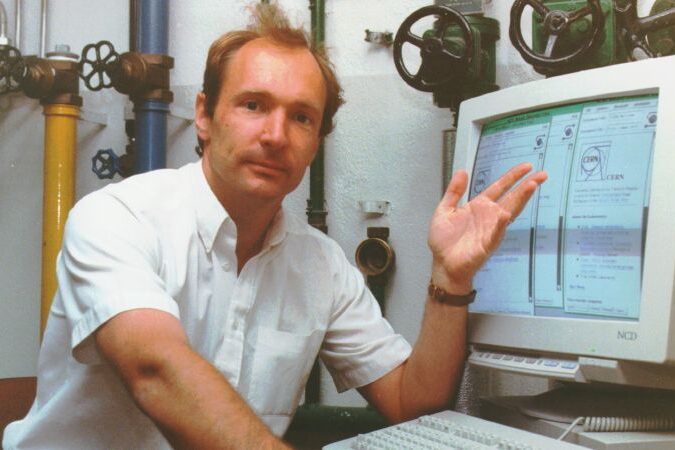
In 1989, British scientist Tim Berners-Lee proposed a system for sharing information over the internet, which he called the World Wide Web. By 1990, he had developed the first web browser and server, and in 1991, the first website went live. The web’s public release in 1993 revolutionized how people accessed and shared information, making the internet more accessible to the general public.
The World Wide Web transformed various aspects of daily life, from communication and education to commerce and entertainment. It enabled the rapid dissemination of information and connected people across the globe, laying the foundation for the digital age we live in today.
28. Text Messaging: A New Form of Communication

The first text message was sent in 1992 by Neil Papworth, who transmitted the words “Merry Christmas” from a computer to a mobile phone. Initially, text messaging was a novelty, limited by technology and cost. However, as mobile phones became more widespread and affordable, texting gained popularity, especially among younger demographics.
By the late 1990s and early 2000s, text messaging had become a primary mode of communication, influencing language and social interaction. The introduction of predictive text technologies like T9 made texting more efficient, further cementing its place in everyday life. Text messaging’s evolution reflects the broader trend of digital communication’s rise in the modern era.
29. GPS: Navigating the World with Precision
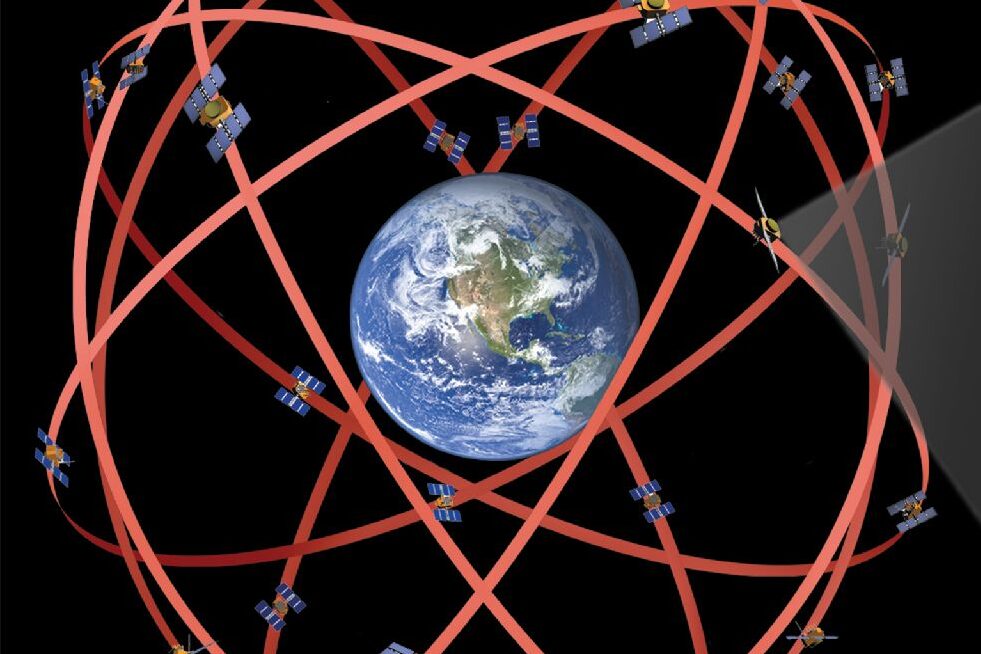
In the early 2000s, the Global Positioning System (GPS) transitioned from a military tool to a ubiquitous feature in civilian life. Originally developed by the U.S. Department of Defense, GPS became fully operational in 1993. However, its accuracy for civilian use was limited until 2000, when the U.S. government disabled Selective Availability, enhancing precision for non-military users.
This advancement spurred the integration of GPS into various industries. In transportation, it enabled real-time navigation and route optimization. The logistics sector leveraged GPS for tracking shipments, improving delivery efficiency. Ride-sharing services like Uber and Lyft relied on GPS to connect drivers and passengers. Moreover, GPS became essential in agriculture for precision farming, allowing for optimized planting and harvesting. The widespread adoption of GPS reshaped how we navigate and interact with the world.
30. Toyota Prius: Pioneering Hybrid Transportation

The Toyota Prius, introduced globally in 2000, marked a significant milestone in automotive history as the first mass-produced hybrid electric vehicle . Combining a gasoline engine with an electric motor, the Prius offered improved fuel efficiency and reduced emissions, appealing to environmentally conscious consumers.
The Prius’s success influenced the automotive industry, prompting other manufacturers to develop their own hybrid models. Its popularity also contributed to the growth of hybrid taxis in cities like San Francisco and New York, where hybrids represented a significant portion of the taxi fleet. The Prius’s impact extended beyond transportation, symbolizing a shift towards sustainable living and influencing public perception of eco-friendly technology.
31. CRISPR: Revolutionizing Genetic Engineering
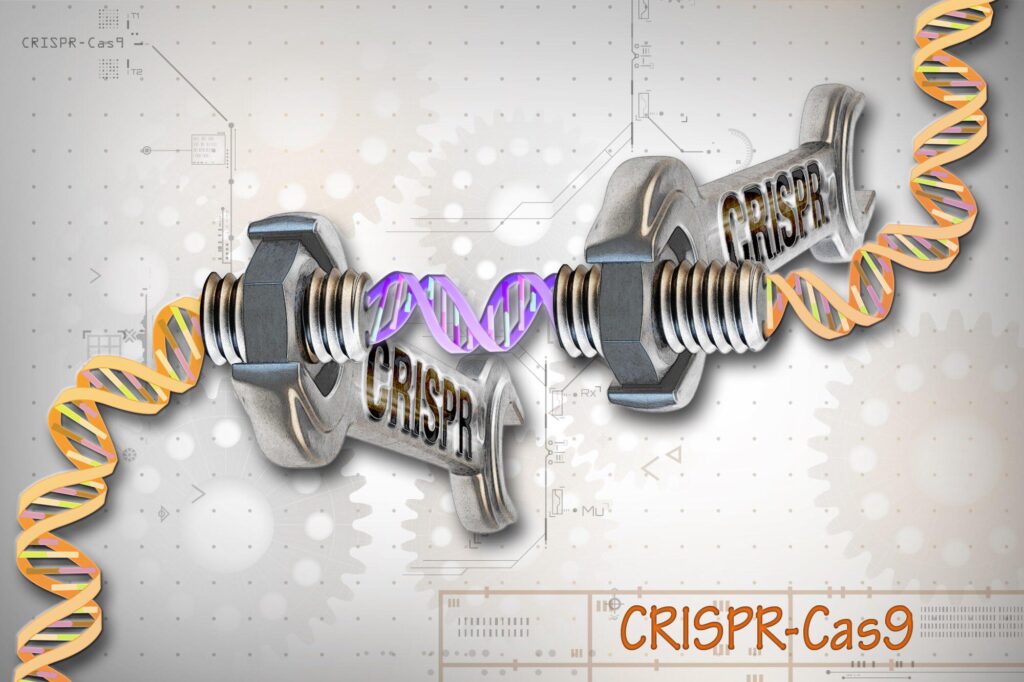
In 2012, scientists Jennifer Doudna and Emmanuelle Charpentier developed CRISPR-Cas9, a groundbreaking gene-editing technology that allows for precise, efficient, and cost-effective modifications to DNA. CRISPR’s simplicity and versatility have revolutionized genetic engineering, enabling advancements in medicine, agriculture, and biotechnology.
In medicine, CRISPR holds promise for treating genetic disorders by correcting mutations at the DNA level. Clinical trials are underway to explore its potential in curing diseases like sickle cell anemia and certain cancers. In agriculture, CRISPR is used to develop crops with improved traits, such as drought resistance and enhanced nutritional content. Despite its potential, CRISPR also raises ethical concerns, particularly regarding its use in human embryos, highlighting the need for responsible application and regulation.
32. Smartphones: Connecting the World in Our Pockets
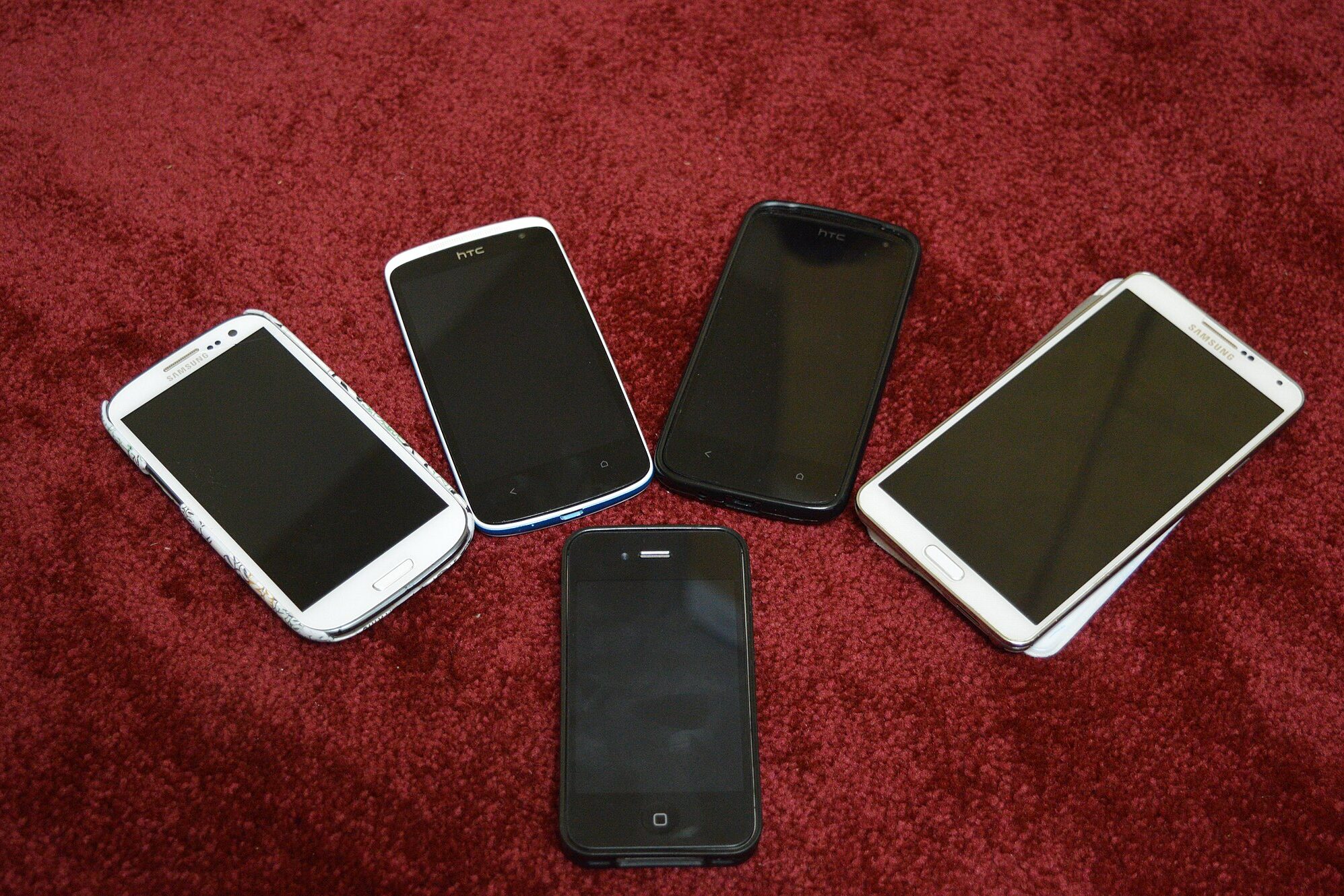
The 2010s witnessed the rapid proliferation of smartphones, transforming them into essential tools for communication, work, and entertainment. Advancements in hardware and wireless technology led to the development of devices capable of handling complex tasks, from video conferencing to online banking.
Smartphones facilitated the rise of the app economy, enabling services like ride-sharing, food delivery, and social media to flourish. They also played a crucial role in bridging the digital divide, providing internet access to populations in remote areas. However, the ubiquity of smartphones has also sparked discussions about screen time, privacy, and mental health, underscoring the profound impact these devices have on modern society.
33. Artificial Intelligence: Transforming Industries

The 2020s have witnessed a significant surge in the adoption of artificial intelligence (AI) across multiple sectors, fundamentally altering how industries operate. In healthcare, AI algorithms assist in diagnosing diseases, predicting patient outcomes, and personalizing treatment plans, thereby enhancing the quality of care. Educational institutions leverage AI to provide personalized learning experiences, adapting to individual student needs and improving engagement. In the entertainment industry, AI-driven tools aid in content creation, from scriptwriting to visual effects, streamlining production processes. Furthermore, AI’s role in creative fields has expanded, with generative models producing art, music, and literature, challenging traditional notions of creativity.
34. Space Tourism: A New Frontier
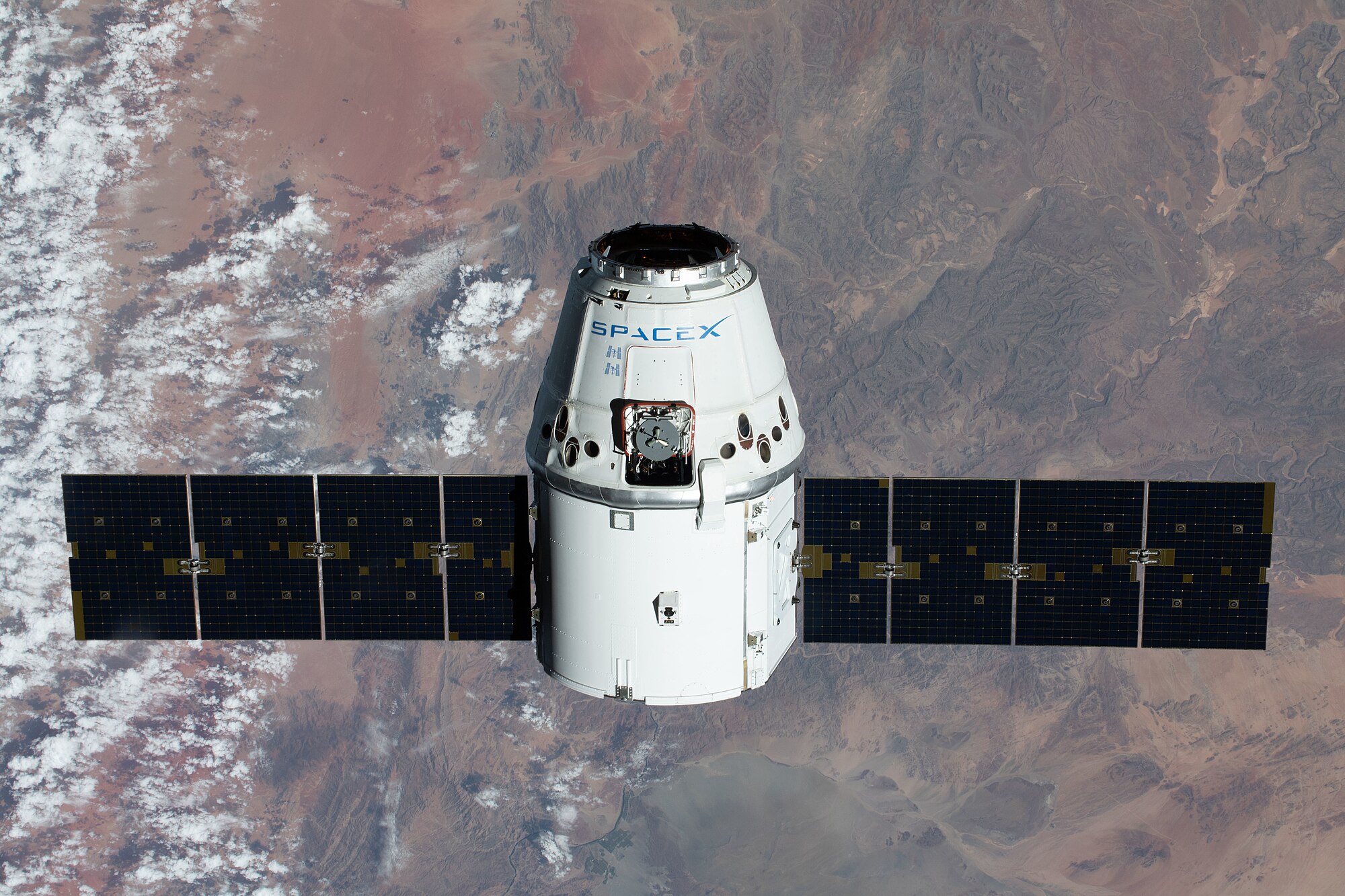
The 2020s have marked the dawn of commercial space tourism, turning the dream of civilian space travel into reality. Private companies like SpaceX, Blue Origin, and Virgin Galactic have successfully launched civilians into space, offering suborbital flights that provide a few minutes of weightlessness and breathtaking views of Earth. These ventures have not only made space more accessible to non-astronauts but have also ignited public interest in space exploration. Notably, missions like SpaceX’s Inspiration have demonstrated the feasibility of all-civilian orbital flights, paving the way for future endeavors.
Reflecting on these groundbreaking developments, it’s evident that the 2020s are shaping up to be a transformative decade. The integration of AI across industries and the advent of space tourism not only highlight human ingenuity but also set the stage for future innovations that will continue to redefine our world.
This story 34 Most Influential Inventions of the Past Century, Decade by Decade was first published on Daily FETCH


